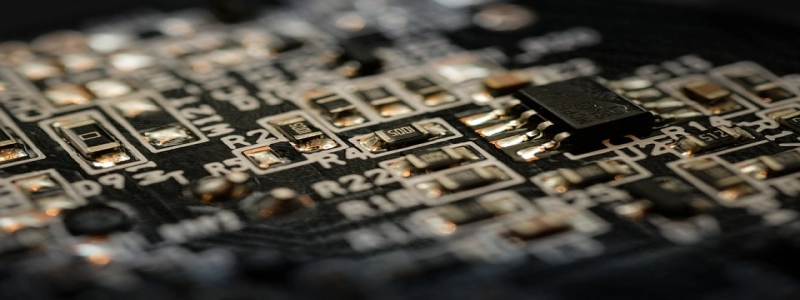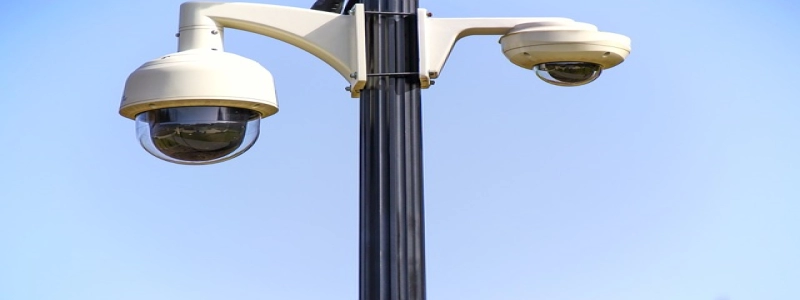How Many Wires in Ethernet Cable
Introduction:
Ethernet cables are widely used in wired computer networks for transmitting data between devices. They come in different categories, such as Cat5, Cat6, and Cat7, each with varying specifications. One of the key elements in an Ethernet cable is the number of wires used. In this article, we will explore how many wires are typically found in an Ethernet cable and their importance in network communication.
I. The Anatomy of an Ethernet Cable:
To understand the number of wires in an Ethernet cable, let’s first delve into its anatomy. An Ethernet cable consists of four twisted pairs of copper wires, which are encased in a durable protective sheath. These pairs are color-coded and follow a specific wiring pattern, as standardized by the TIA/EIA-568-B standard.
II. Cat5 Ethernet Cable:
The most commonly used Ethernet cable category is Cat5. It has four pairs of 24-gauge copper wires, totaling eight wires in total. Each pair consists of a solid-colored wire and a striped wire of the same color. The four pairs are usually color-coded as follows: Blue, Orange, Green, and Brown.
III. Cat6 and Cat7 Ethernet Cables:
As technology advanced, newer categories of Ethernet cables were introduced to meet the demand for faster and more reliable connections. Cat6 cables are designed to support data transfer rates of up to 10 Gbps and have four pairs of 23-gauge copper wires. Similarly, Cat7 cables offer even higher performance with data transfer rates up to 40 Gbps and have four pairs of 22-gauge copper wires.
IV. Importance of Each Wire:
Each of the wires within an Ethernet cable plays a crucial role in network communication. They are responsible for transmitting and receiving data signals, enabling devices to communicate effectively. The twisted pairs within the cable help reduce signal interference, known as crosstalk, ensuring better data transmission and reception.
V. Wiring Standards:
To ensure compatibility and maintain consistency, proper wiring standards must be followed when terminating Ethernet cables. The TIA/EIA-568-B standard specifies the color-coding of the wires for various cable types. Adhering to these standards ensures that devices can communicate and transmit data seamlessly.
Conclusion:
Ethernet cables are an integral part of wired network infrastructure, enabling reliable and high-speed data transmission. The number of wires within an Ethernet cable depends on its category, with Cat5 having eight wires, Cat6 having eight wires, and Cat7 also having eight wires. Each wire has a specific function in network communication, and following proper wiring standards ensures optimal performance. So, the next time you connect a device to your network using an Ethernet cable, remember the importance of those wires facilitating seamless data transfer.








